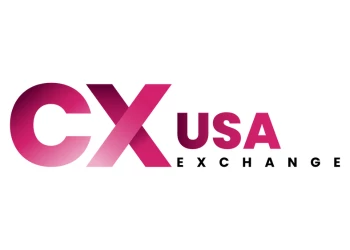Data silos vs data lakes: how to increase data visibility
A guide to data lakes and how to migrate data silos to increase data visibility and build customer loyalty
Add bookmark
What are data silos?
Data silos occur when a repository of data is only available in certain departments or channels, rather than to the entire company as a whole. There are multiple reasons why data may become siloed, whether this is due to legacy tech causing disconnects between departments, bad data entry practices or a company culture where data is siloed.
Research by Clarity Insights has found that more than half of companies (55 percent) operate with data siloes in place, meaning that a lack of interconnectivity between systems blocks the flow of information across a business. Siloed data and incomplete customer profiles will complicate the progress of most CX projects. Poor data management can blur the visibility a company has on past purchasing behaviors and customer preferences, which are integral to building successful customer engagement activities.
What are data lakes?
Data lakes are centralized repositories of both structured and unstructured data, that are accessible to everyone within a company. They consist of huge amounts of data from various sources, which are processed in a standardized format.
Founder and CEO of Beyond Philosophy, Colin Shaw, explains that many organizations lack the full picture on how customers behave and are, therefore, missing context on how customers feel. To truly understand how a customer is going to behave and predict their experience needs, brands must understand how customers are feeling. By eliminating silos, data lakes give companies a clearer picture and gain a clearer picture of customers, as customer data is accessible from one centralized location.
Thomas Dhollander, chief of products and strategy at Timeseer.AI, said in an interview with Forbes that data lakes empower companies to make better decisions for the business as a whole: “The promise of these data lakes is significant: a centralized location for all data that is available to all types of users to explore and analyze according to their needs and use cases. In doing so, users can make data-driven decisions and build data-driven organizations.”
How to migrate towards data lakes
To successfully eliminate data silos and manage data in an effective way, companies must be able to effectively migrate data.
Chetan Mathur, CEO of Next Pathway, advised in an article with Forbes that companies should do the following the effectively migrate their data sources to a data lake:
- Unpack the data lake. Determine the various technologies and applications operating within the data lake. Understand how data is flowing through the lake by scanning workloads back to their data source.
- Identify which workloads to offload based on use case, performance and cost. When migrating data, do not simply lift all current workloads and place them in the lake. By identifying the redundant workloads that can be left behind, you can then prioritize data that serves your business purposes.
- Automate workload migration to the target. By automating the process, it allows you to do more with the data, faster.
Anthony Brown, senior CRM manager at NatWest, explains that the banking company uses a data lake to manage its data. In NatWest’s model, data is collated and analyzed at every level in the organization, using a cohesive approach across all levels and networks. Every week individual branches and telephone teams review the data and their interactions with customers through closed loop. Regions then get together on a monthly basis to share best practices across the group.
“Our central insight teams also utilize all data points from customer insight and our internal customer information to allow us to focus on how to improve our customer experiences across our customer journeys,” Brown shares.























